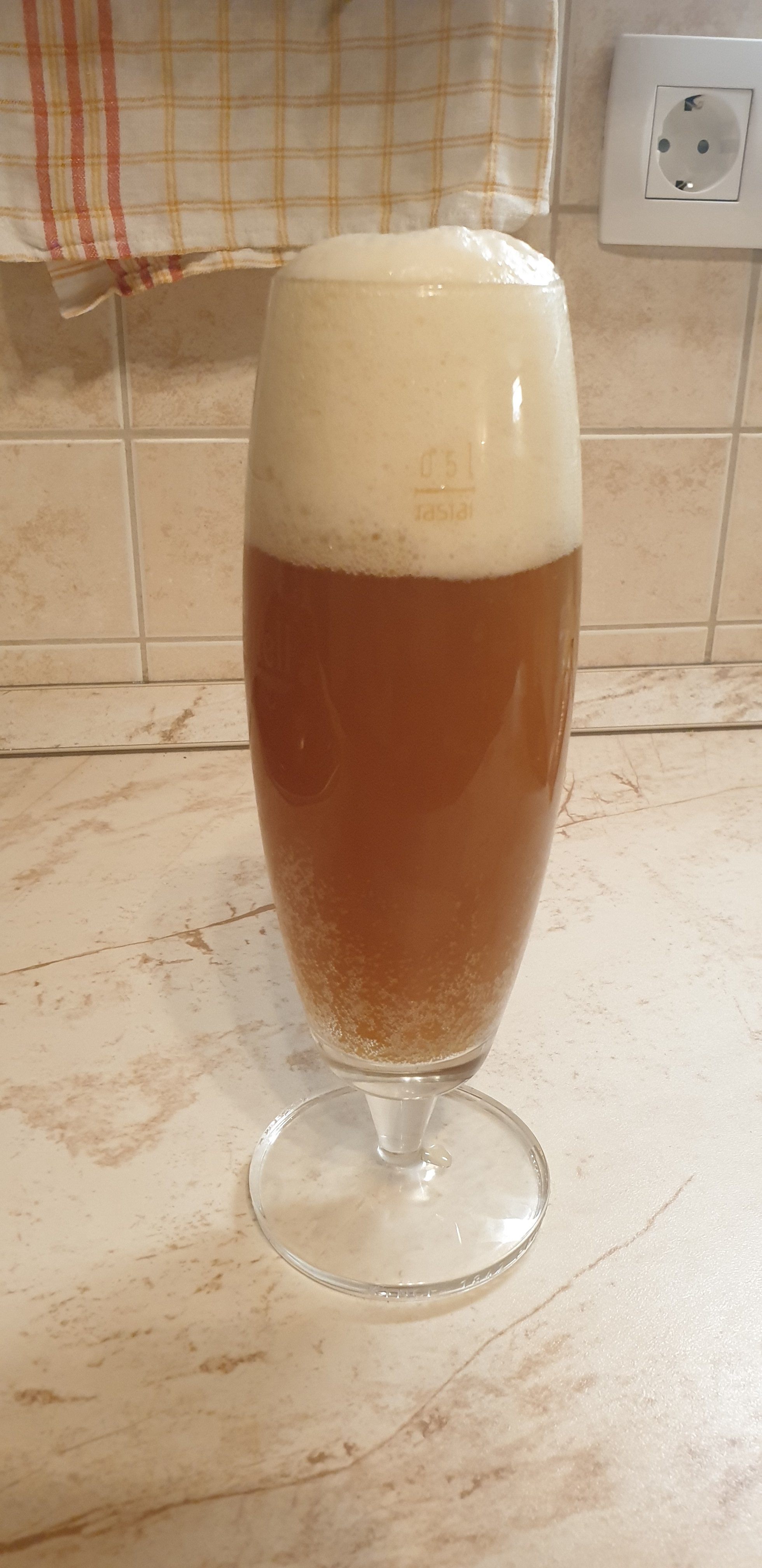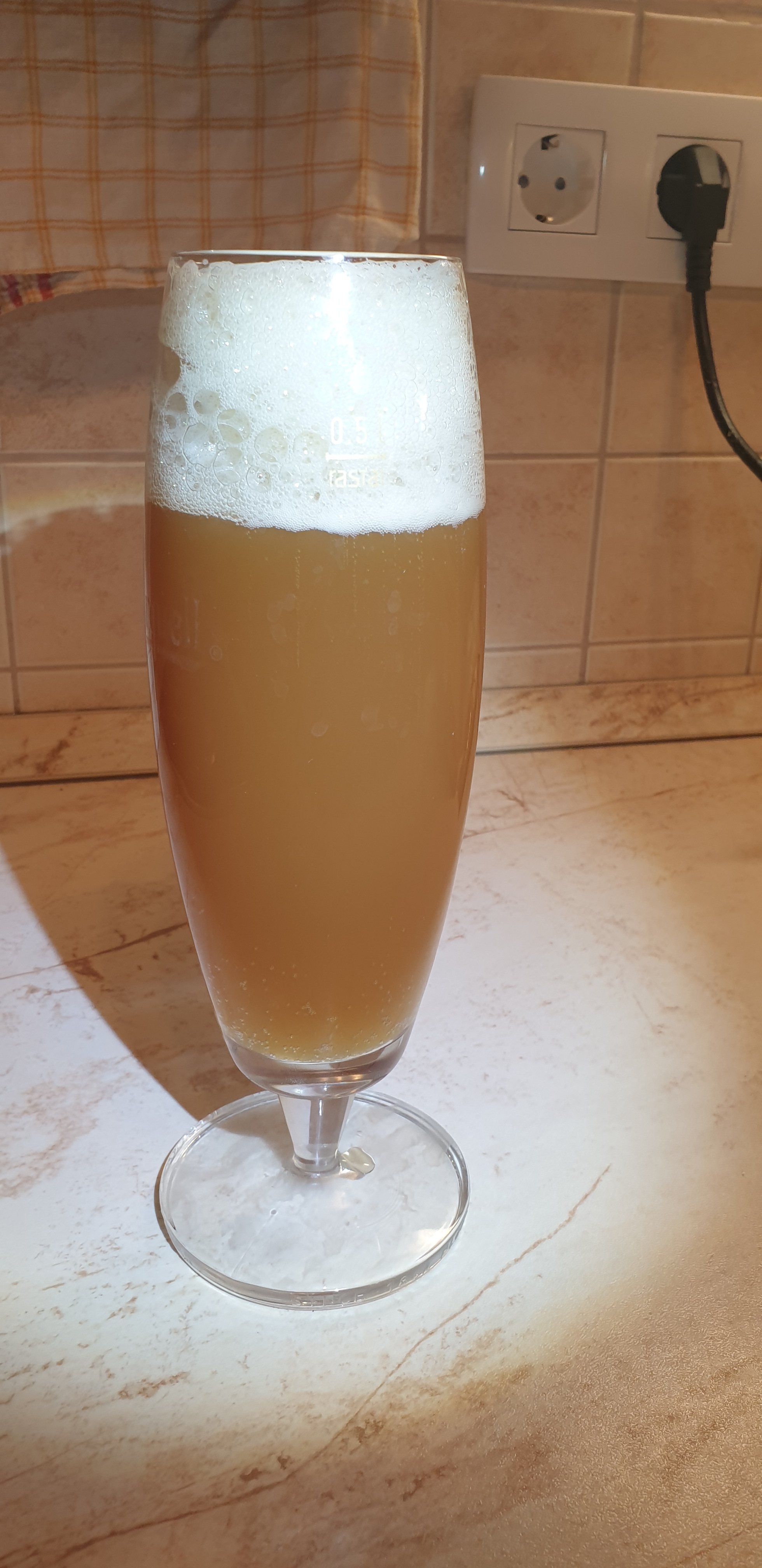OK, that's good, being prepared to flush the headspace during or after tinkering with dry hops.Tonight is the first 24hours.
Prepared co2: I mean (i've read and was told to me) that during dry hopping, i have to add co2 to the bucket to supersede the entering oxygen. And when i'll bottling the beer (unfortunately i dont have keg yet) i have to flush the bottle with co2 to suersede oxygen.
Are you going to add them after most fermentation is over? Or planning to do it earlier?
Are you going to add Amarillo first and Citra and Galaxy a few days later? Or all at once?
Leaving them for 5 days? Then cold crash for a few days to drop everything out?



